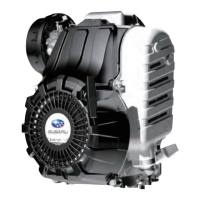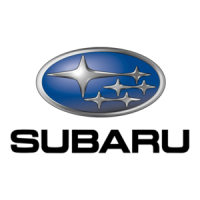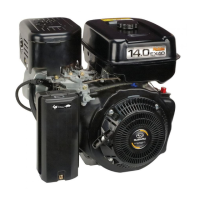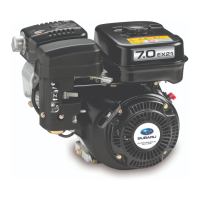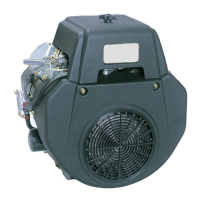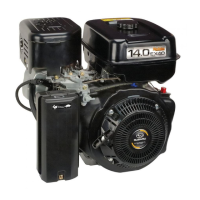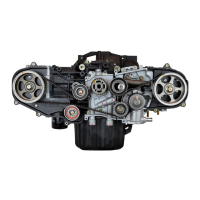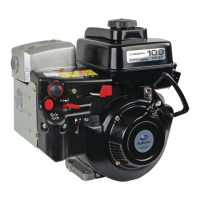How to prevent Subaru ER12 from overheat?
- WwooddonnaAug 3, 2025
To prevent your Subaru Engine from overheating, consider these potential solutions: clean or replace engine components, check and adjust the carburetor, ensure proper cleaning, and adjust the engine to its rated load.
